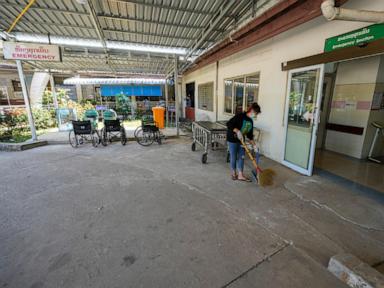
The pasta nanofibres Beatrice Britton/Adam Clancy Scientists have produced the world’s thinnest spaghetti strands, 200 times slimmer than a human hair. These would challenge even the speediest chef, overcooking in a fraction of a second, but they could have applications in medicine and industry. Adam Clancy at University College London and his colleagues created a mixture of flour and formic acid, a common food preservative.
They used electrical forces to push this mixture through a hollow needle, which ejected nanofibres just 372 nanometres in diameter – too small to see with the naked eye. Such slender fibres have been produced from starch extracted from plants before, but Clancy says that process is environmentally harmful. “It’s just: soak in corrosive materials, dissolve it away in water, rinse it, throw it in the river,” he says.
The individual strands can be spun into a pasta net Beatrice Britton/Adam Clancy But with a flour mixture that doesn’t happen – you just grind grains to create flour and mix it with formic acid, he says. The resulting “nanopasta” can then be spun into a tiny mat about 2 centimetres across. While it isn’t intended as food, Clancy says that it should be safe to eat, but is reticent to talk about having tried it.
“It’s an ethical quandary to talk about scientific self-experimentation,” he says. “But, hypothetically, one might expect it to be chewier than you’d expect.” Clancy believes that a range of other natural raw materials could be even more useful, with desiccated potato – which has a higher starch and lower fibre content than the flour mix – potentially making even better nanofibres.
Such material could be woven into bandages that allow air and moisture to pass freely, but keep bacteria out, says Clancy. Nanofibres are also used as a scaffold to regrow tissue on, and are being investigated for use in filtration systems and batteries ..














